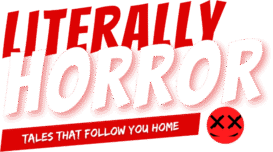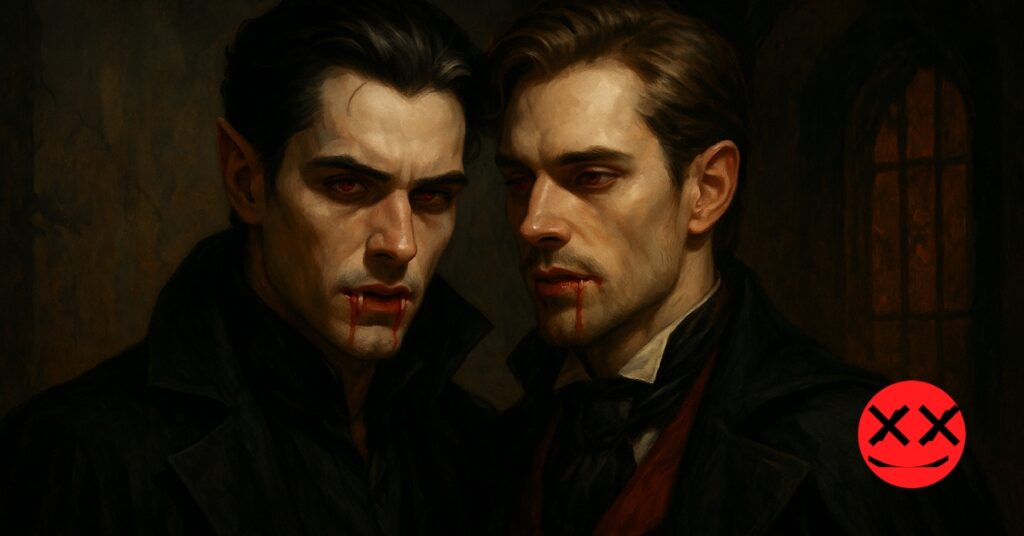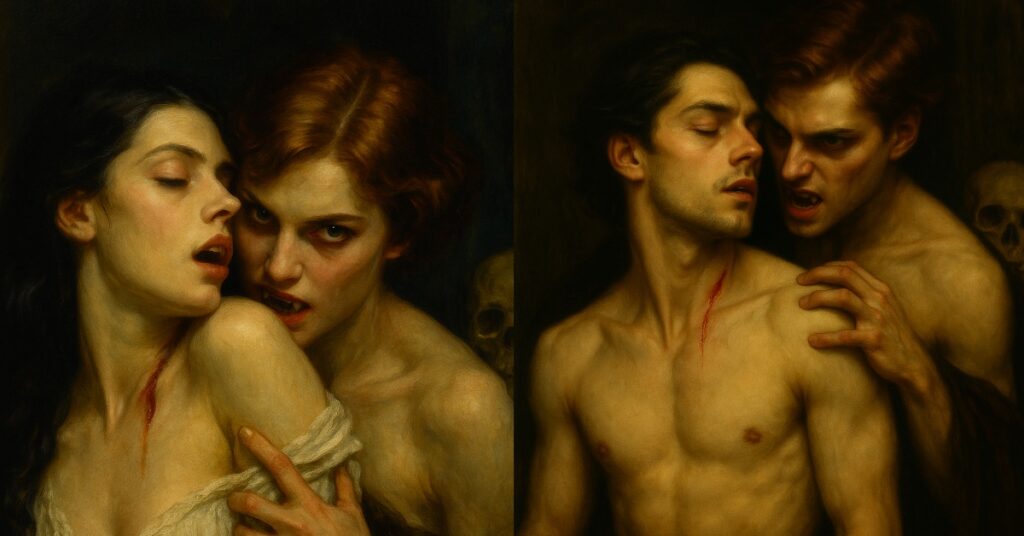Horror has always been a genre for outsiders. Its monsters, haunted houses, and cursed communities reflect society’s deepest fears — and for decades, queer voices were hidden in its shadows. But in 2025, queer horror books are no longer whispering in the dark. They are screaming, demanding to be heard, and reshaping the landscape of modern horror literature.
From the blood-soaked rituals of folk horror to the tender ache of gothic romance, queer authors are using horror not just to terrify but to reclaim power, rewrite narratives, and explore identities long marginalized in mainstream storytelling. What was once subtext is now at the forefront, and readers can’t get enough.
Haunted houses have always been central to horror’s evolution — discover why they remain one of the genre’s most enduring symbols in The Architecture of Fear: Why Haunted Houses Never Collapse.
Why Queer Horror Is Exploding Right Now
Two powerful forces have collided to make queer horror one of the most dynamic literary movements of the decade:
- Representation meets revelation.
For years, queer characters in horror were tragic villains or secret-coded figures lurking in the background. Now, authors are writing their own stories with unapologetic visibility, bringing fresh perspectives to the genre. - TikTok and BookTok amplification.
Queer horror thrives on visual storytelling and emotional connection, making it perfect for viral videos. Books like White Smoke and Manhunt have sparked huge discussions online, driving new readers to the genre.
The result? Queer horror is not a niche anymore. It’s mainstream — and trending.
The Sub-Genres Driving Queer Horror’s Rise
To understand why queer horror books are exploding in popularity, we need to look at the sub-genres that are pulling readers into their twisted worlds. Each one offers a unique reflection of identity, fear, and rebellion.
1. Queer Folk Horror: Rituals and Outsiders
Folk horror has surged in popularity thanks to films like Midsommar and The Witch, and queer writers are seizing the sub-genre’s potential.
At its core, folk horror is about community versus outsider, a perfect metaphor for queer experiences.
Imagine remote villages with sinister traditions, secret cults that punish nonconformity, and protagonists who must decide whether to assimilate or burn the entire system down.
Must-read example: Burn Down, Rise Up by Vincent Tirado — A queer reimagining of rural witchcraft, where chosen families form in defiance of bloodline curses.
2. Gothic Queer Horror: Forbidden Love and Decaying Mansions
The gothic tradition has always been deeply queer, even when no one dared to say it aloud. From Oscar Wilde’s The Picture of Dorian Gray to the unspoken tensions in Dracula, gothic horror has been a sanctuary for stories of repression and desire.
Modern queer gothic horror makes this subtext explicit, with narratives that celebrate forbidden love, dark romance, and the beauty of ruin.
Must-read example: The Fell of Dark by Caleb Roehrig — A queer vampire saga that blends aching romance with themes of immortality and identity.
3. Queer Body Horror: Transformation and Rebellion
No horror sub-genre feels more intimately connected to queer experience than body horror.
Stories of transformation, mutation, and physical rebellion mirror themes of gender identity, societal control, and bodily autonomy.
In 2025, queer authors are taking body horror to thrilling extremes, writing tales that are both grotesque and deeply personal.
Must-read example: Manhunt by Gretchen Felker-Martin — A dystopian nightmare about a society policing bodies — and the resistance that fights back.
4. Psychological Queer Horror: Fear from Within
Sometimes, the scariest monsters live inside us.
Psychological horror has long been a playground for queer narratives, exploring internalized fear, shame, and desire.
These stories delve into mindscapes of terror, where reality blurs and identity fractures.
Must-read example: Cemetery Boys by Aiden Thomas — A claustrophobic thriller about a queer protagonist navigating both a haunted house and their haunted psyche.
5. Paranormal Queer Horror: Ghosts of the Past
Ghost stories have always carried queer resonance, often dealing with themes of unfinished business, lingering pain, and invisible identities.
Modern queer paranormal horror brings these ideas to life — literally.
These books feature spirits who refuse to be erased, haunting those who tried to silence them.
Must-read example: Summer Sons by Lee Mandelo — A queer ghost romance where love transcends death itself.
Notable Queer Horror Books to Read in 2025
- Manhunt by Gretchen Felker-Martin – A groundbreaking queer body horror novel.
- Our Wives Under the Sea by Julia Armfield – A lyrical, haunting love story.
- Summer Sons by Lee Mandelo – Queer southern gothic with a paranormal twist.
- Burn Down, Rise Up by Vincent Tirado – Folk horror meets urban legend.
- Upcoming 2025 releases (update monthly for freshness).
Why Queer Horror Matters
Queer horror is more than just a trend — it’s a cultural revolution.
By centering queer voices, these stories challenge the very foundations of horror, proving that fear and love are universal.
They give readers catharsis, representation, and the delicious thrill of seeing marginalized characters not just survive the monster, but become the monster when needed.
Conclusion: The Future of Fear is Queer
As 2025 unfolds, queer horror books are leading the charge into horror’s next golden age.
For readers hungry for terror that speaks to their identity, and for horror fans ready to explore new depths of storytelling, these books are essential.
Dare to open the pages — and discover the queer horrors waiting to claim the night.
Looking for truly terrifying stories? Dive into Literally Horror’s original short stories — the most unsettling horror tales you’ll find online. Read our latest terrifying horror stories here.


